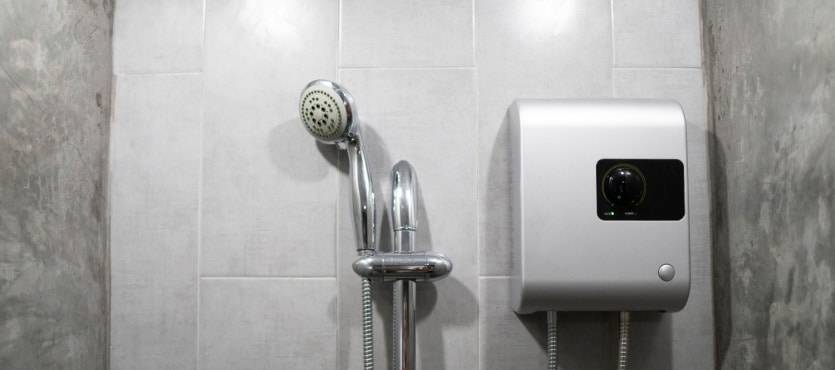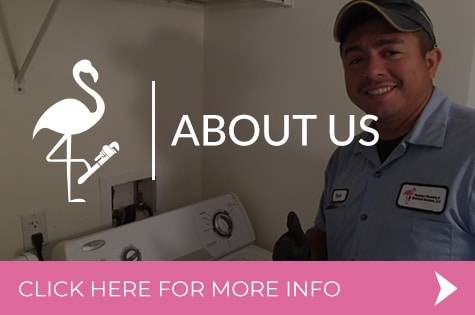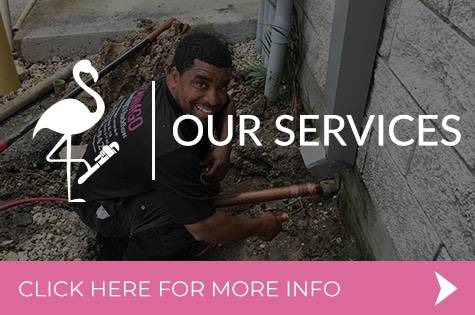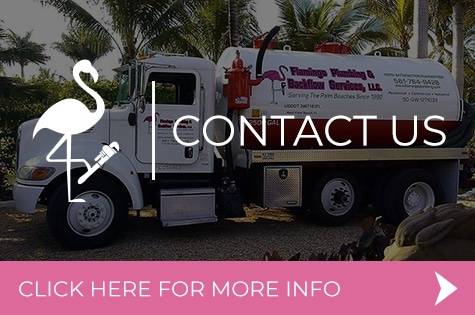Instantaneous or tankless water heaters use gas or electricity to provide hot water. Unlike tank water heaters, they do not need a storage tank to store the hot water, but they can run into issues with water pressure. The cold water typically travels through a pipe into the unit, then is heated with either a gas burner or an electrical heating element. These units can be supplementary or used to replace a centralized water heating system.
Although tankless water heaters are very efficient in their operation, they run into technical issues occasionally. For instance, you may experience a drop in water pressure or a change in water temperature after a few months. You may find it challenging to address the issue without knowing how water pressure works in a heater. To help you understand your water heater, we have compiled a guide encompassing all you need to know about water pressure in a tankless water heater.
How Water Pressure Works in a Tankless Water Heater?
Tankless water heaters contain a shut-off valve that regulates the amount of water that flows through them. This valve helps you control the water pressure inside the tank during a maintenance check or repair. To avoid sediment build-up, tankless water heaters contain several filters in them. However, the mesh screen itself gets blocked by sediment, resulting in low water pressure.
Harder than average water contains more minerals that can choke the mesh screens and hinder water flow through the water heater. Another cause for low water pressure is other appliances in the house, such as faucets and dishwashers. If you are using multiple water outlets simultaneously, it may lower the flow of water in your water heater.
Last but not least, other valves in your home can also contribute to lowering water pressure in the water heater. If the central pressure valve is damaged, it can lead to lower water pressure throughout the house. That said, finding a fix for issues relating to water pressure can be challenging. It is a good idea to contact a plumber for help if you cannot find the cause of low water pressure in your water heater.
How to Conduct a Pressure Test?
If you have noticed a change in water pressure, you can perform a pressure test to check for leaks. For this, you will need a pressure gauge to monitor the water pressure of your heater. First, install the pressure gauge on the drain valve and open it. This will give you a pressure reading of the outlet valve.
Next, close the water inlet and ensure all fixtures are turned off. This creates a closed system allowing you to read the water pressure accurately. Monitor the pressure gauge closely and see if the water pressure drops. If the water pressure drops rapidly, there is a chance that one of the fixtures is damaged or open.
However, if the water pressure drops slowly, the heater may have a leak. On the other hand, if the water pressure remains stagnant, you can rest easy knowing that the tank is functioning correctly. Although this test will allow you to determine the cause of low water pressure, fixing it may require assistance from a professional.
Water heaters are an essential component that needs regular maintenance and servicing. If you are experiencing low water pressure in your water heater, it could either have a leak or a faulty valve. If you cannot track the problem causing low pressure, consider contacting a professional plumbing service provider. At Flamingo Plumbing and Backflow, we provide many plumbing services, including water heater repair. Contact us today to book an appointment!






